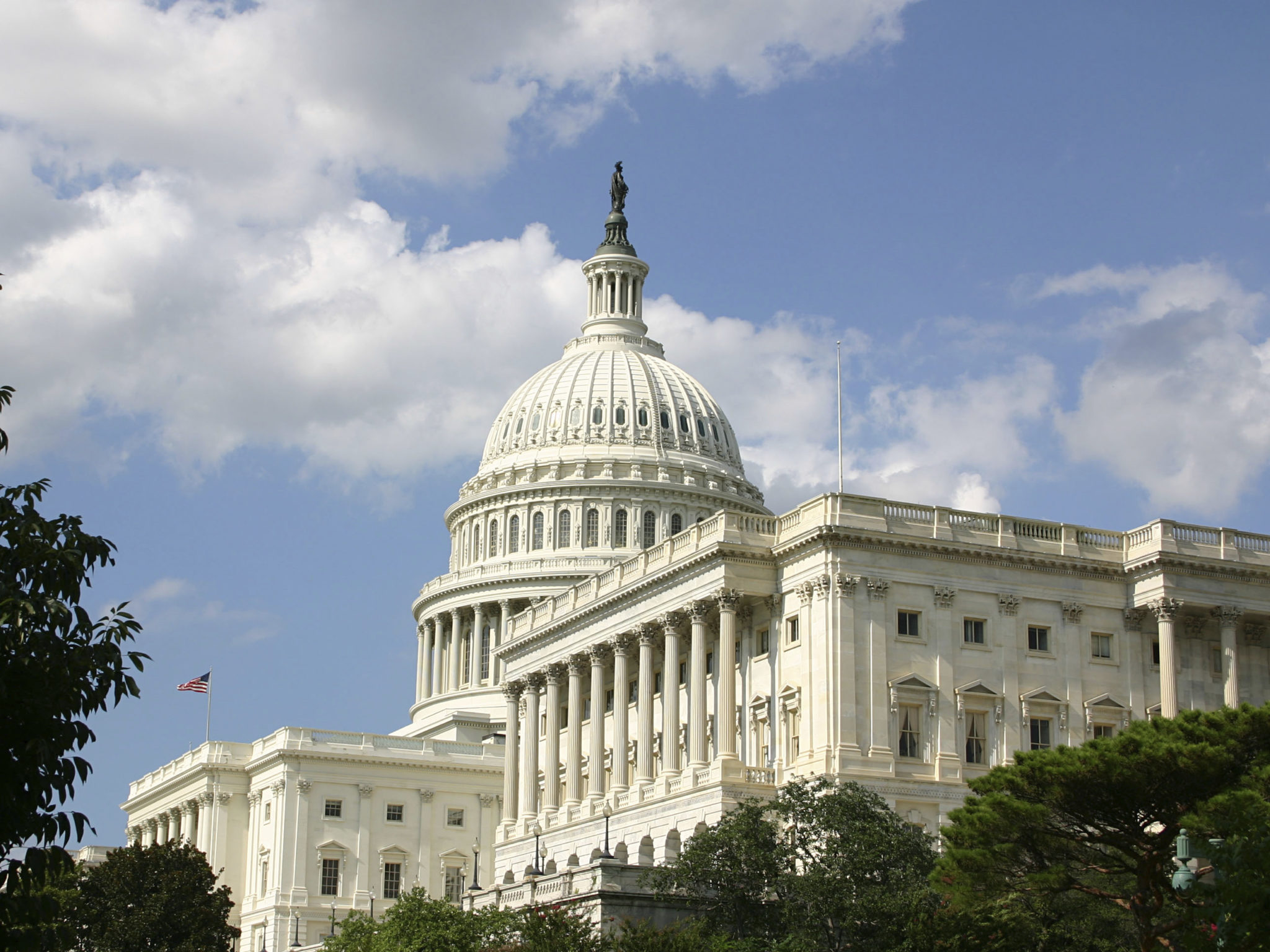
On April 5-6, the Medicare Payment Advisory Commission (MedPAC) held their final meeting of the current term. The commissioners wrapped up the term voting on recommendations related to the use of hospital emergency department services and discussing Medicare Advantage encounter data, and hospital quality incentives.
The first session of the meeting looked at using payment to ensure appropriate access and use of hospital emergency departments (ED). Rural and urban facilities were discussed separately with concerns relating to urban stand-alone EDs focusing on Medicare payments misaligned with costs while the concern for rural facilities were that inpatient-focused rural payment polices are ineffective. Staff presented commissioners with the following two recommendations:
- Urban draft recommendation: The Congress should reduce Type A emergency department payment rates by 30 percent for off-campus stand-alone emergency departments that are within six miles of an on-campus hospital emergency department.
- Rural draft recommendation: The Congress should-
- Allow isolated rural stand-alone emergency departments (more than 35 miles from another ED) to bill standard outpatient prospective payment system facility fees, and
- Provide such emergency departments with annual payments to assist fixed costs
Commissioners were generally supportive of the rural recommendation but expressed some reservations about the urban one. While they voted in favor of the urban recommendation, the commissioners expressed an interest in continuing to explore this area, including the impact of urgent care facilities. When voting, both recommendations passed with unanimous support.
The next session focused on Medicare Advantage (MA) encounter data. In their presentation, staff discussed three broad categories of encounter data issues. These include that plans are not submitting or the system is not accepting encounters for all settings; MA encounter data includes some records that attribute an enrollee to the wrong plan; and that encounter data differ substantially from other data sources. Staff provided specific examples for outpatient dialysis centers, home health agencies, inpatient settings, and skilled nursing facilities as well as comparisons to other data sets such as HEDIS. While no official recommendations were presented, the following were given as potential recommendations:
- Compare encounter data to other sources of MA utilization
- Evaluate disposition of encounter submissions
- Include measures of encounter submission in MA stars
- Increase use of encounter data to calculate risk scores
- Use MA encounter data to inform plans’ bids
In the discussion, commissioners were supportive of exploring all of these potential areas, particularly the last one. Multiple commissioners expressed support for the idea that unless payment is tied to this data, progress will be minimal. This area will continue to be explored by MedPAC as they further explore the potential recommendations and implications for further use of the encounter data.
A later session focused on hospital quality incentives. Again, no official recommendations were presented, but staff did discuss establishing a Hospital Value Incentive Program (HVIP) to replace existing hospital quality programs such as the Hospital Readmissions Reduction Program and the Hospital Value-based Purchasing Program. The HVIP would score hospitals on four outcome and value measures: readmissions, mortality, spending, and overall patient experience. Other sessions discussed uniform outcome measures for post-acute care as well as Medicare coverage policy and use of low-value care, and long-term issues confronting Medicare Accountable Care Organizations.
This was the last meeting of the current MedPAC term. The Commission’s Report to the Congress will be released in June and the next term will begin with a public meeting in September 2018.


